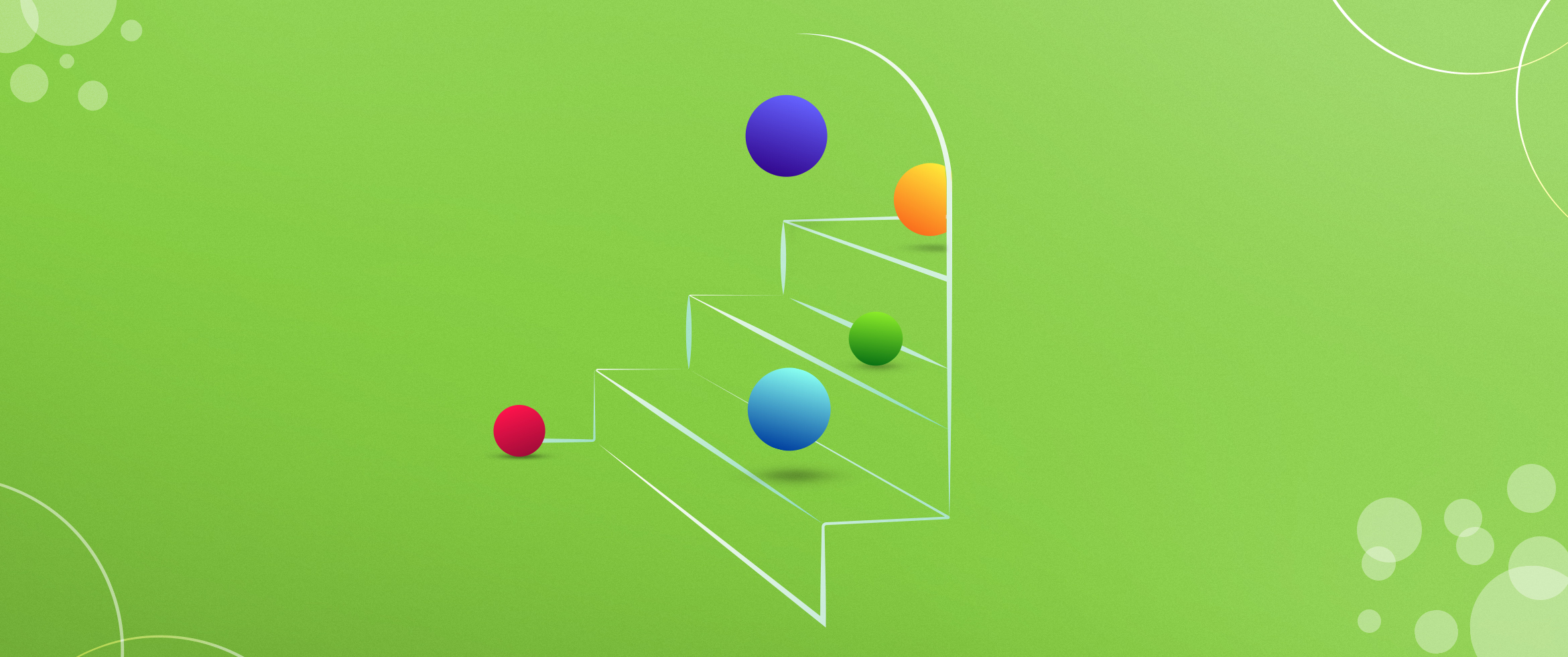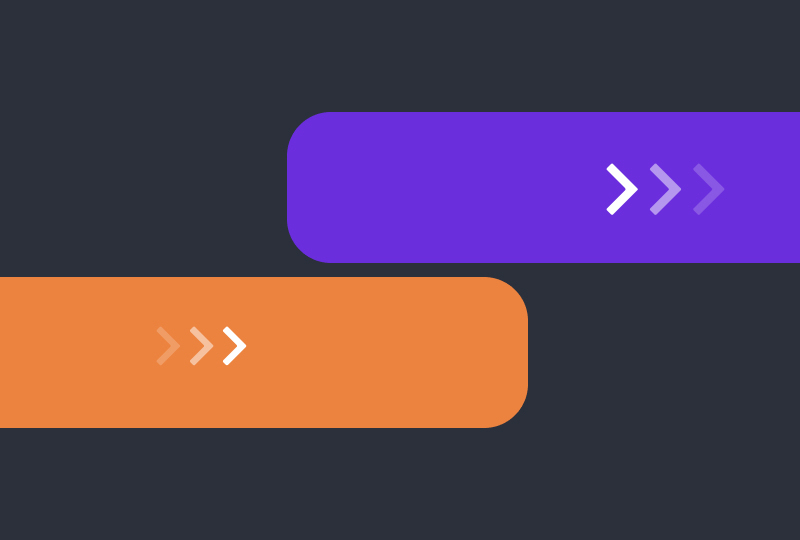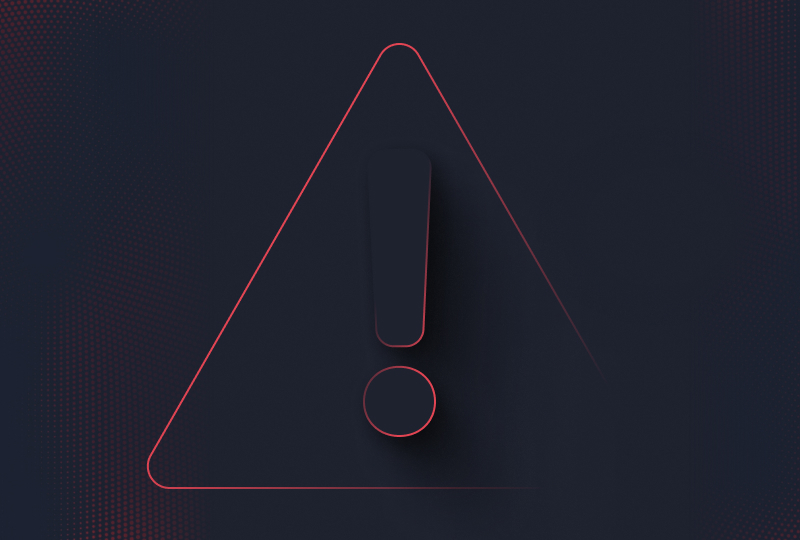2022-01-20

Customer Onboarding | Software, Solutions & Success

8 min read
Customer onboarding software is a great resource for customer success teams to make a good first impression with their customer but which is the best software?
What is customer onboarding software?
Customer onboarding software is a program designed to help customer success teams transition their customers from sales prospects to active users. The onboarding process is extremely important for retention and onboarding software can make the entire process easier for everyone.
Why Customer Onboarding Matters
Clients are the lifeblood of any company, making your onboarding process vital for launching or scaling a successful business. Onboarding is a way for you to help your clients learn to use the product in a way that solves their unique challenges. This process should be smooth and repeatable which will help create a level of predictability in your business.
If customers are left to their own devices they may fail to see value in the product or simply get frustrated when it’s not working the way they want. This of course creates high churn rates, low customer retention, and a low customer lifetime value.
Even established businesses tend to overhaul and tweak their onboarding process to continually meet their goals, and improve their customer’s success. With each business being different it’s not uncommon to see different onboarding models across multiple companies.
One example of the increasing importance of customer onboarding software is the fact that the review site G2 created a new category for this year's G2 Winter Report called Client Onboarding Software. To qualify for this category, the software needs to “help companies manage post-sales activities related to the delivery of the services sold by the company”.
Planhat was rewarded a Leader-badge in this category with a satisfaction score of 4.7 out of 5. To read more about how users of client onboarding software reviews the different softwares in the market, read more over at G2.
Types Of Customer Onboarding Models
No matter what product or service you’re selling your business will likely fall into one of three onboarding models. Understanding where your business fits will help you choose the right customer onboarding software.
Self Service Model
The self-service model is the lowest onboarding, as it requires little to no support from the company. This model has the user do everything on their own. This is a great fit for simple products, such as a downloadable browser extension.
This model tends to work well with simple lower-priced products. This allows businesses to support a high volume of users by simply creating a product that is incredibly easy to use and straightforward.
Low Touch Model
The low touch model still requires customers to do much of the onboarding themselves but offers a little more in terms of assistance. Many small SaaS products follow this model. Products such as keyword research tools, or email marketing tools allow users to pick the tier they think will work best for them.
Once inside the tool, customers typically experience an automated walkthrough of the product and receive a series of emails providing tips and tricks. This approach is easy to scale and works well with products that aren’t too complicated. Since the onboarding process is automated, much of the help is general and not specific to the user’s needs or goals.
High Touch Model
Lastly, the high touch model is best suited for larger clients or more complex products. For instance, many marketing agencies tend to use the high touch approach since each client is dramatically different and their services are more expensive than a simple SaaS tool.
Enterprise software solutions tend to use the high touch model to ensure their product integrates into the customer’s environment and works correctly. Failing to onboard correctly with higher value clients can create serious cash flow problems for businesses that can’t retain their clients.
Products that require extensive education, complex implementation, or include highly tailored features can use the high-touch model to avoid rapid churn and customer frustration.
Everyone Onboards Differently
With your onboarding model in mind, think of the steps you’ll need to onboard your customers. Is an automated email sequence appropriate, or are there too many steps? Will a phone call suffice, or does the product require a video presentation? Ask yourself these questions as you begin to map out your customer onboarding process.
A great way to start is to follow our Customer success onboarding plan. We have created a guide and collected several best practices here, but in short these are eight great steps to start with:
-
Welcome email:
Start with a positive note, and make sure you share any relevant notes if you have had a handover meeting from any other department (e.g. from sales). -
First login:
The welcome email is a good start but you also want to make sure your new customer feels welcome the first time they are using your product. This can be done via prompting a welcome video or an in-app welcome message encouraging them to take a first step in setting up or personalizing their account. -
Product tutorial:
Recommend (don’t force) a certain setup via a guided tutorial or wizard to take your customers through the rest of the setup process. Make sure these steps are clear to avoid missing any important steps and they’re off to a flying start. -
Interactive walk-trough:
Regardless of the intuitiveness or complexity of your platform, make sure to have a moment where you can go through it together. By using the platform together, you will better understand their perspective and have the opportunity to give quick tips and tricks. -
Knowledge base:
Once the setup is complete, reference your knowledge base or community to allow users to solve any problems or educate themselves quickly. -
Check-up calls:
Show that you care by constantly checking in to see if they’re progressing or stuck. Check if they are getting the value they were expecting and ask if they need help with anything. -
Notifications:
Notifications can be based upon warning signals or achievements. Either way, it’s important to notify them about certain concerns and progress to make them feel that you’re invested in their success. -
Celebrations:
Once those mutually agreed milestones are met, make sure you acknowledge and celebrate the progress. It will make both of you excited for the next step to get the most out of your solution and partnership. You can automate it with a notification or an email, or you can make it more personal with a phone call.
Expect to change this process as your product and customer success strategy evolve over time. Once you have an idea of how you’ll onboard your customers, you can start looking for the right client onboarding software to meet your needs.
What To Look For In Customer Onboarding Software
While everyone might have their own way of onboarding, there are a few key characteristics to look out for when choosing a client onboarding software.
Easy to Follow Frameworks
If onboarding happens differently each time, understanding what works and what doesn’t becomes an uphill battle. Look for onboarding software that leverages playbooks to make onboarding easier. This not only creates a repeatable process but helps reduce the amount of time needed to train new customer success managers.
Collaborative Features
Communication is key when onboarding customers. Good customer service onboarding software will allow your customer success team to store internal notes, share insights, and coordinate tasks with other departments.
Easy To Understand Insights
While data drives decisions, it’s the insights that help highlight progress and success. Look for customer onboarding software that helps teams track client metrics internally, and supports the option to make them accessible to the client. This empowers the client to view their own progress between quarterly reviews in real time.
How Planhat can help
Planhat is the most powerful Customer platform on the market in terms of the depth and breadth of its features thus offering the flexibility and power to go after mission-critical use cases.
Planhat provides a unified view of your customers all in one place, identifies risks and opportunities, creates clear, repeatable processes through the customer lifecycle, and offers multi-channel communication as well as customized inboxes for teams.
With Planhat Portals, it is possible to share success plans, playbooks, dashboards, goals, documents, and align on business goals with your clients in a branded Customer Portal.
Altogether, Planhat is a complete Customers platform that lets you track the KPIs that matter the most for the future growth of your business.
You can learn more about The ROI of a human-first approach to customer onboarding at our webinar, Download our report to learn What's next for Customer Success? or get a Planhat demo!
Join our newsletter!
Receive the latest news, updates, and invitations to our events.
Being data-driven, are we there yet?
Being data-driven should be standard nowadays, but many organizations still struggle with it. Every company wants to be data-driven, but putting it into practice is the tough part.
How to transition from a cost center to a profit center in CS
Many in CS shy away from the commercial aspects of the business, but it's a missed opportunity to keep the conversation moving around maximizing and driving value for customers.
It's worth the risk: Identifying and managing risk in CS
When faced with risk in CS, it’s hard to know what the first step should be. We've developed an actionable plan based on experience from three CS experts.
Learn more about
Planhat
Drop your email and let us show you our platform!











